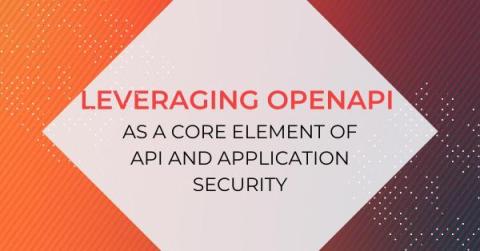Security | Threat Detection | Cyberattacks | DevSecOps | Compliance
Latest News
Predict the Future! A universal approach to detecting malicious PowerShell activity
So, here’s the deal with AntiVirus software these days: It’s mostly playing catch-up with super-fast athletes — the malware guys. Traditional AV software is like old-school detectives who need a picture (or, in this case, a ‘signature’) of the bad guys to know who they’re chasing. The trouble is, these malware creators are quite sneaky — constantly changing their look and creating new disguises faster than AntiVirus can keep up with their photos.
Feeding Your First SIEM with Graylog
M-21-31 logging compliance: Overcoming the 3 top challenges
NIS2: Prepping your cybersecurity plan
What Goes Into the Cost of a SIEM?
As we’ve covered before, SIEMs are an expensive tool. The average enterprise-level SIEM deployment costs over £15 million a year, and operating a small, 100 to 1000-seat SIEM will still run up bills of over £10k monthly. SIEMs create spiralling costs that eat security budgets. Without a skilled team operating them, they can also make organisations less secure despite receiving more information about their digital estates. But where do these SIEM costs come from?
CVE-2023-36553: Critical OS Command Injection Vulnerability in FortiSIEM
Leveraging OpenAPI as a Core Element of API and Application Security
Unlock the Power of Your SIEM with Co-Managed SOC
Security information and event management (SIEM) systems play a pivotal role in cybersecurity: they offer a unified solution for gathering and assessing alerts from a plethora of security tools, network structures, and software applications. Yet, the mere presence of a SIEM isn't a magic bullet. For optimal functionality, SIEM systems must be appropriately set up, governed, and supervised round-the-clock.











